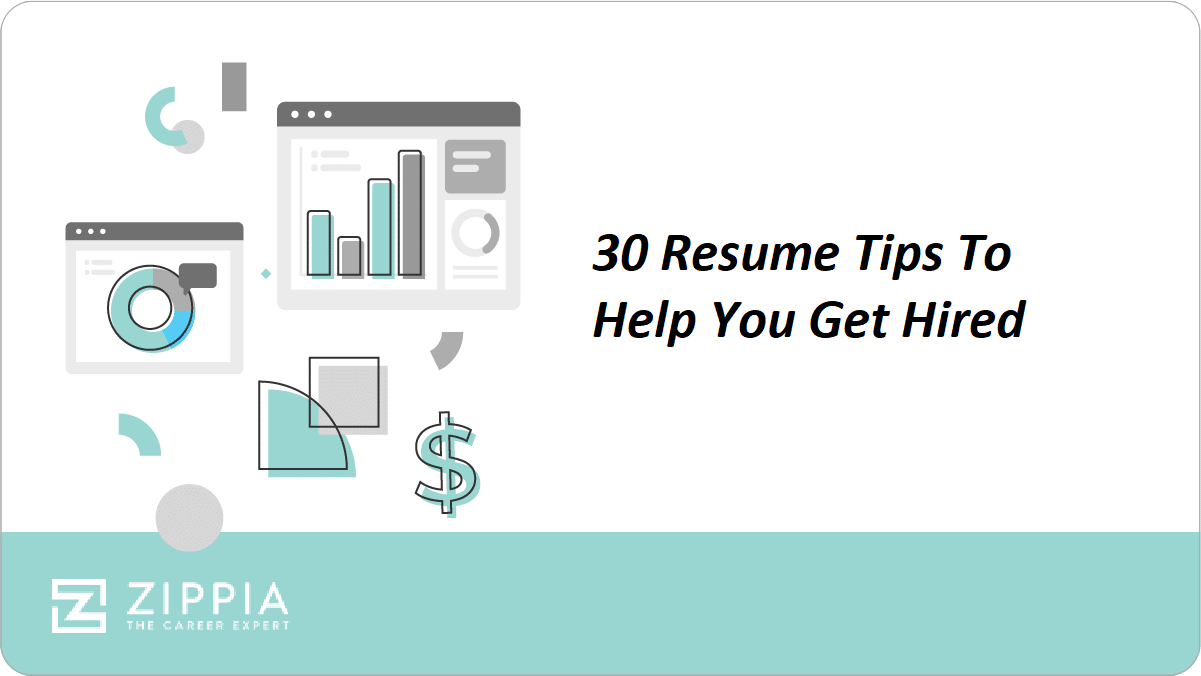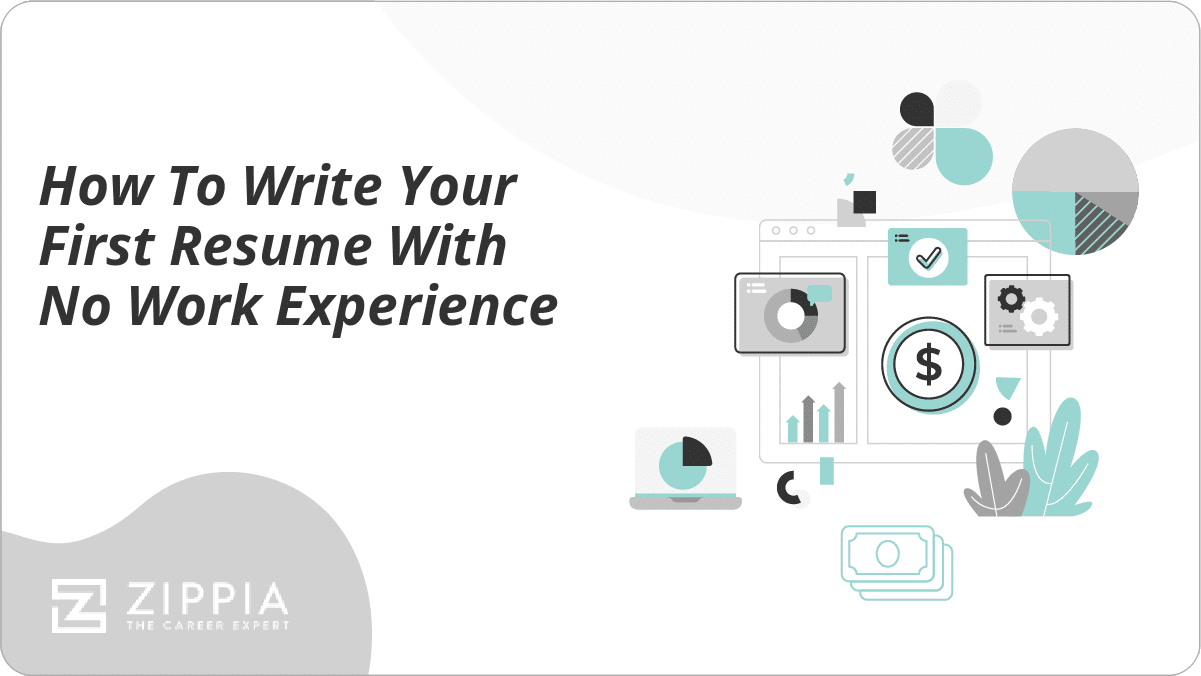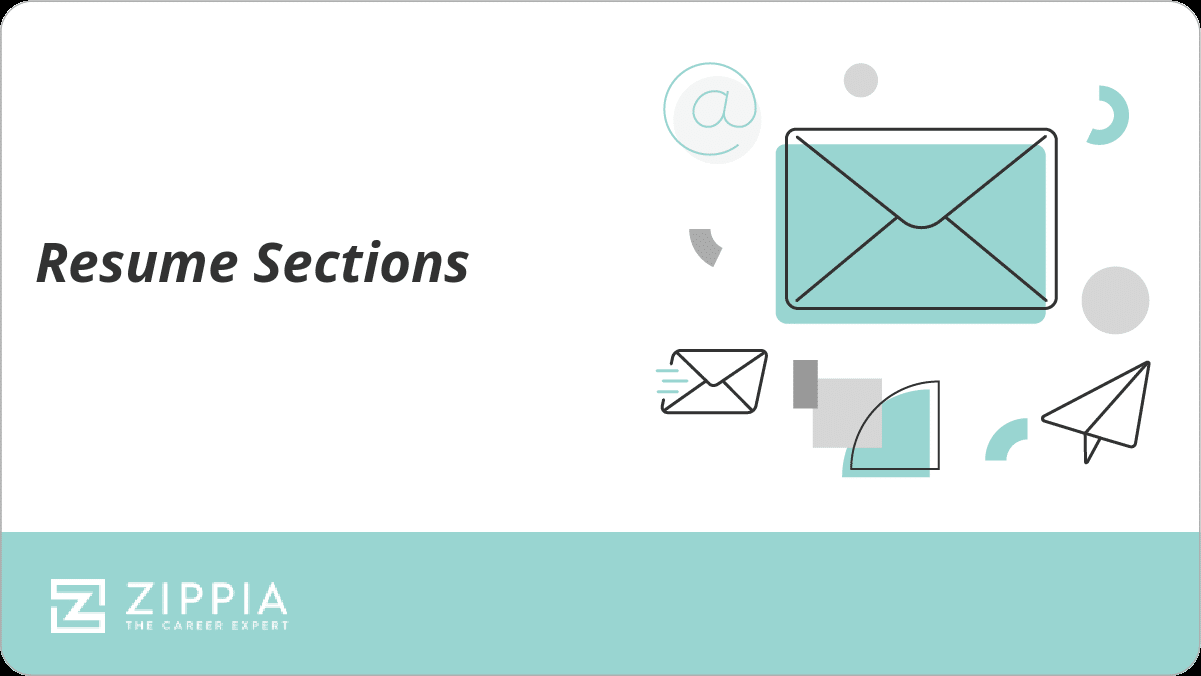- Resume Tips
- Resume Tips
- Best Resume Writing Services
- Things To Avoid On A Resume
- Resume Paper To Use
- What To Include In A Resume
- How To Write A Bio
- How To Write A Personal Statement
- Lied on Your Resume?
- Resume PDF
- Avoid Age Discrimination
- Words and Phrases You Shouldn't Include in Your Resume
- How Many Skills Should You List On A Resume
- Send A Resume As A Pdf
- Resume Critique
- Make A Resume Stand Out
- Resume Spelling
- Resume Past Or Present Tense
- How To List Projects On A resume
- Best Resume Action Words
- How To Quantify Your Resume
- Resume Bullet Points
- Are Resume Writers Worth It
- How Many Jobs To List On Resume
If you haven’t updated your resume in a while or you don’t have one, it can be hard to figure out where to start and what to put on it. While you may find your ‘beer pong champion’ title to be impressive, it’s not something you want to add to your skills on your resume.
We have put together a list of 30 tips to help your resume stand out from the crowd and help you get hired.
Key Takeaways:
-
Keep your resume relevant and recent to keep your resume to one page.
-
Tailor your resume to specific jobs and add keywords from the job description that are relevant to your skills.
-
Proofread your resume and have someone else read over it for any mistakes before you send it in.

30 Resume Tips To Help You Get Hired
-
Keep it to one page. Ah, the old one-page resume controversy. Some don’t have a problem with two — but only ever use more than one page if you really need it. If you’re just getting out of school, chances are, you won’t.
-
Keep it simple. This goes for everything — design, layout, color (which might apply for certain creative jobs), font, and yes, even language.
-
Keep it reverse chronological. Always list your most recent experience first. You should only have the most recent 10-15 years of your career history on your resume, and only add things that ae relevant to the job.
-
Leave out the objective statement. Except in a few circumstances (see No. 22), you really don’t need a summary at the top of your resume.
-
Don’t include everything. If you’ve had a lot of jobs, this shouldn’t necessarily be a list of all of them. This is a document designed to market you to a potential employer. So…
-
Keep it relevant… Make sure that the jobs, experience, and accolades that you do include are relevant to the position you’re applying for.
-
…and Recent You’ll also want to make sure you’re not digging 10 years back to that one job you had that seemed relevant… Keep things recent.
-
Unless You Don’t Have any Relevant Work Experience… Don’t fret! If you’re new to the workforce and don’t have much, or any, work experience, you can still include experience. Think about what you did in school that was relevant to the position. Be specific on your achievements (we’ll get to specific specifics in a moment!), and explain why you’re the right person for the job in your cover letter.
-
Minimize the bullets. You should have no more than 5 bullet points under any position. Nuff said.
-
But Make it specific. An example of making it specific would be including actual, measurable data. “Implemented new website design, increasing company’s revenue by 40 percent over 6 months” is a lot more specific (and impressive!) than “re-designed website.”
-
Use keywords. If you haven’t heard yet, we hate to be the ones to tell you… but recruiters use keywords! In fact, some resumes never even make it before employer’s eyes, because they lack keywords. THIS IS IMPORTANT! Look at the job description. Which words do they use most often? Be sure to include them.
-
Don’t lie! This might seem obvious, but you’d be surprised how many people stretch the truth on their resumes, only to find that if they do get the job—they’re in trouble. So do yourself a favor and don’t lie, or else you might end up getting a job that’s over your head!
-
Don’t forget “non-work” work. Again, this is great for those who don’t have much work experience, but also good information to include (if it’s relevant) for those who do. Volunteer jobs, projects, even hobbies if they’re relevant to the position.
-
Experience first, then education. If you have work experience, be sure to put it first. Then list your educational experience and achievements, also in reverse chronological order.
-
Include any awards from school. Achievements and awards relevant to the position speak louder than a high GPA. If you graduated college with high honors, make a note of it because that is something a hiring manager will find impressive.
-
List your skills. This is a great time to run wild with those keywords found in the job description. If they’re looking for someone with Photoshop experience, be sure to list it as a skill (if it is a skill—remember, DON’T LIE!)
-
Let your personality shine through. To be clear, this doesn’t mean be cute or cheesy. But, if you’re applying for a creative job, go ALL out. You’ll need to stand out. And feel free to include your interests in the resume, if they are relevant to the position.
-
Okay, at least don’t be boring. These guys are looking at hundreds of resumes. Let yours stand out.
-
Font matters. One way to let your resume stand out is with design — and particularly, with font. Don’t fall into the Times New Roman black hole! Use something simple, clean, and modern.
The best font’s to stick with are Arial, Verdana, and Helvetica. And try to keep the font size to 10-12 point font.
-
Exclude those “shorter than impressive” jobs. If you worked someplace for only a few months or less, do yourself a favor and leave it off your resume. It might make you seem unreliable to future employers.
-
If You have work gaps… be sneaky about it. If you have long gaps, a few months or so, between jobs, you can employ this little trick: Just list the years you worked there (2012-2013), rather than listing the exact start and end dates.
-
BUT do explain really long gaps in your work. This is the perfect example of when it IS okay to include a summary at the top of your resume. Here you can not only explain your best skills and accomplishments, but briefly, why you’re deciding to re-enter the workforce.
-
Take it easy on the jargon. The theme for your resume should be clarity and simplicity. Keep the “impressive” jargon to an absolute minimum.
-
And on those “filler” words. Examples: Team player, hard worker, creative genius—whatever! If you’re a team player, tell them how. Don’t fall into clichés and vagueness to describe yourself.
-
Mix up your word choice. If you start each of your bullet points below your experience with “In charge of ______” this is going to get old pretty fast. Mix it up. But —
-
Stick with the same parts of speech. Meaning, start each bullet point with the same part of speech, like a noun or verb. Recommended: Start with a verb, as it suggests action throughout your resume.
-
Proofread. Make sure to proofread before submitting it. Nothing looks more unprofessional than having spelling and grammar mistakes.
-
Be intentional with your file name. This is such a simple mistake, but it is a big one — especially if you’re applying to multiple jobs! You’ll either need to change your resume’s file name to fit the job you’re applying for (example: GOOGLE2016RESUMECK.DOC) or just keep it vague (CKRESUME2016.DOC). You just don’t want to make the mistake of sending your GOOGLE resume to, say, YAHOO.
-
Proofread – AGAIN. It doesn’t hurt to look over it one more time. You can even have a friend or family member look it over so they can catch anything you missed the first time.
-
Tailor your resume often. Unless the jobs you’re applying for are remarkably similar, you’ll need to tailor your resume each time you send it out, to include the important keywords in the job description and any other information that should be more emphasized. You’ll also want to keep your resume updated as you gain experience, so you don’t forget to add it in later.
- Resume Tips
- Resume Tips
- Best Resume Writing Services
- Things To Avoid On A Resume
- Resume Paper To Use
- What To Include In A Resume
- How To Write A Bio
- How To Write A Personal Statement
- Lied on Your Resume?
- Resume PDF
- Avoid Age Discrimination
- Words and Phrases You Shouldn't Include in Your Resume
- How Many Skills Should You List On A Resume
- Send A Resume As A Pdf
- Resume Critique
- Make A Resume Stand Out
- Resume Spelling
- Resume Past Or Present Tense
- How To List Projects On A resume
- Best Resume Action Words
- How To Quantify Your Resume
- Resume Bullet Points
- Are Resume Writers Worth It
- How Many Jobs To List On Resume







